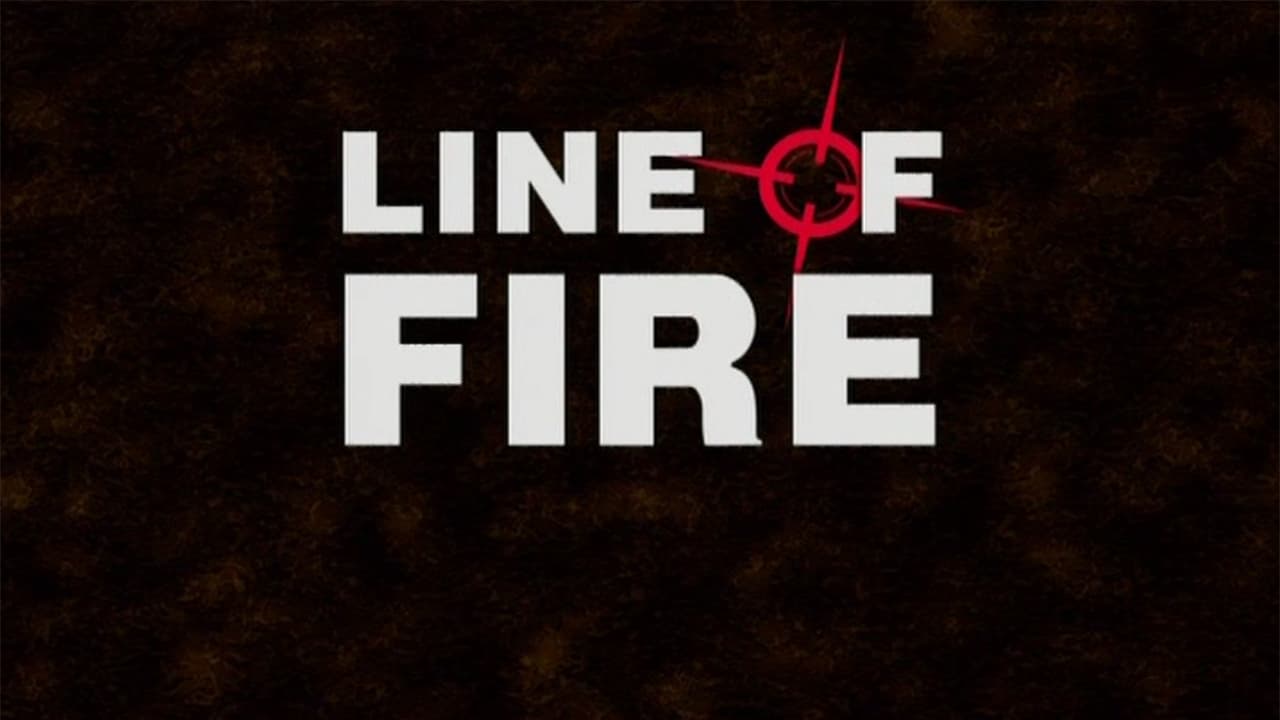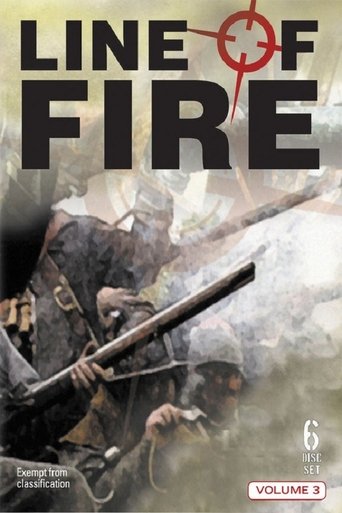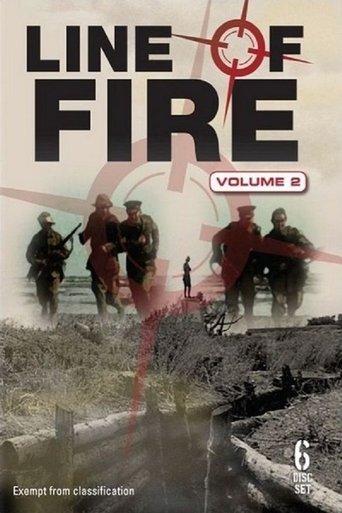With 30 Day Free Trial!
Line of fire (2002)
2002
Watch Trailer
With 30 Day Free Trial!
Line of fire (2002) Season 2 Full Episode Guide
Proclaimed by Pope Gregory VIII, the Third Crusade set out to reclaim Jerusalem from Saladin, the sultan of Egypt and Syria, who had seized it after the battle of Hittin in 1187. Led by the three great leaders of western Christendom Richard I, Frederick I and Philip II, the Crusaders left home with high hopes and expectations. Their hopes, however, would be dashed and expectations would largely go unmet. Frederick drowned before even reaching the Holy Land and as a consequence the German effort fell apart. Tensions between the English and the French saw Philip return home early. The siege of Acre was brought to a successful conclusion in 1191 and there was a morale-boosting victory over Saladin's armies at Arsuf during the same year, but by the time domestic problems forced Richard to return home 1192, Jerusalem was still in Muslim hands.
On 16 April 1746, on Drummossie Moor overlooking Inverness, a well supplied Hanoverian army led by the Duke of Cumberland annihilated the much smaller army of Lord John Murray and the leader he mistrusted, Prince Charles Edward Stuart. It was Bonnie Prince Charles' final assault on the English, and the bloodiest of all the Jacobite battles. It was also the last battle fought on British soil.
This battle was fought on 25 October 1415 at Agincourt during the Hundred Years' War, between Henry V of England and a much larger force of French under a divided command. Henry completely defeated the French, hastening the English conquest of Normandy. Some 6,000 French died and hundreds, including the richest nobles, were taken prisoner. Henry gained France and the French princess Catherine of Valois as his wife. The village of Agincourt (modern Azincourt) is 48 km/30 mi south of Calais, in northern France.
As the famous sun of Austerlitz rose through the pale mist on the morning of December 2nd 1805, the stage was set for one of the most decisive battles of the Napoleonic era. By evening, the combined armies of Austria and Russia would be utterly destroyed. It was to be Napoleon's greatest victory, achieved by a commander at the very peak of his powers.
View the most famous naval engagement in history from Admiral Lord Nelson's perspective and see what Villenueve's Allied fleet could see as the English fleet approached them on that fateful October day in 1805. From the hugely-popular television series “Line of Fire”, this programme harnesses state of the art computer technology to explore, explain and bring new perspectives to the story of Nelson's victory. Featuring specially treated recreations, “Trafalgar” also includes authoritative comment and analysis by leading military historians from the Royal Military Academy at Sandhurst.
The Battle of Borodino, fought on September 7, 1812, was the largest and bloodiest single-day action of the French invasion of Russia, involving more than 250,000 troops and resulting in at least 70,000 casualties. It was a pivotal point in the campaign, as it was the last offensive action fought by Napoleon in Russia.
Graphic reconstructions are used to illustrate how Wellington's departure from military tradition at Waterloo secured victory over the French and managed to change the course of European history
The battle of Balaclava, aka The Charge of the Light Brigade, was the famous engagement during the Crimean War in which a Russian commander attempted to lift the siege of Sevastopol by attacking with 25,000 troops.
The historic Battle of Gettysburg in 1863, a turning point in the American Civil War, in which the Confederate troops and the Federal force fought an escalating battle at a cost of more than 50,000 lives.
July 1st 1916 was the blackest day in the history of the British Army when a combination of bad planning and German bullets sent Kitchener's Army to their doom. An army that had taken two years to build took only a day to destroy.
The story of the Allied campaign in the Dardanelles that was supposed to knock Turkey out of World War One. Winston Churchill convinced Allied High Command that an attack at Gallipoli would also open up vital supply lines to Russia and establish a third front against Austria-The Australian and New Zealand troops who fought and died during the ten month Gallipoli campaign that saw an estimated 36,000 Commonwealth troops lose their lives before the allied withdrawal in January 1916. It was not only Turkish shot and shell at infamous places such Anzac Cove and Suvla Bay that claimed so many lives, but also those other traditional hidden enemies of the solder - sickness and disease.
At Cambrai in November 1917, a tank force of over three hundred tanks punched a hole four miles deep into the German lines in the space of a single morning, But the Germans counter-attacked and the result of the battle was a virtual draw, with the front lines shifting slightly. However the battle of Cambrai marked a major turning point in the course of the war - as the era of trench warfare was coming to an end and technology was beginning to reign supreme on the battlefields of Europe.
The small British Expeditionary Force, moving up into Belgium on the left flank of the French 5th Army, met with the full weight of the German 1st Army advancing towards Paris under the Schlieffen Plan. A short but intense fire fight - where the British caused heavy casualties to the thick masses of enemy infantry - was followed by a British withdrawal out of the canal salient. This manoeuvre was made more urgent by news that the French Army on the right flank was in retreat.
Free Trial Channels
Seasons




























